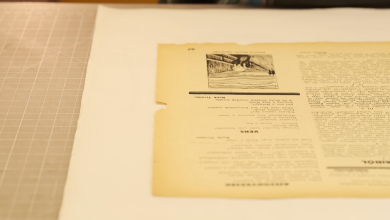The Retired Justice Who Doesn’t Understand the Supreme Court

READING THE CONSTITUTION: Why I Chose Pragmatism, Not Textualism, by Stephen Breyer
Justice Stephen Breyer is worried about the Supreme Court — or at least I think he is, based on what I could glean from the faint notes of concern he tucks into his new book, “Reading the Constitution: Why I Chose Pragmatism, Not Textualism.”
Breyer, who retired from the court in 2022, is known as a moderate liberal and a stalwart institutionalist. In his previous book, “The Authority of the Court and the Peril of Politics” (2021), he insisted that critics had failed to recognize the justices’ unflagging commitment to upholding apolitical ideals. Nine months after it was published, the Supreme Court’s conservative bloc, by a vote of 6-3, upended longstanding precedent on abortion rights. The majority opinion declared Roe v. Wade “overruled”; Breyer signed on to the minority’s blistering dissent.
Given that Breyer is no longer a sitting judge, one might have thought that this new book would afford him the opportunity to let loose, and in interviews he has suggested he is sounding an alarm. But his voice in the book barely rises above a whisper. Written in Breyer’s careful, tentative style, “Reading the Constitution” is well meaning, tedious and exasperating; it is also rather telling, showing how a thoughtful, conscientious jurist can get so wedded to propriety and high-mindedness that he comes across as earnestly naïve.
Breyer explains that he wrote the book to counter the rise of “textualism,” a form of judicial interpretation that fixates on the text of the Constitution and often shades into “originalism” — which restricts interpretation even further to how the text would have been understood at the time it was originally written. Instead of textualism, he prefers a “traditionalist” or “pragmatic” approach that takes not just text but also “purpose” into account. He argues that judges who try to strip away any extra-textual considerations, like evolving values and legislative history, “diminish the effectiveness and vibrancy of their interpretive palette.”
Most of the book is given over to parsing cases in granular detail, explaining exactly how looking beyond the text has historically yielded opinions that are “sound” — a word he calls one of the best compliments that you can give a judge. He front loads his examples with those he describes as “intellectually difficult.” Only after wading through “highly technical” cases having to do with things like patent infringement and retirement plans for railroad workers will a reader be prepared, he says, to take on anything as “value-laden” as reproductive rights.



